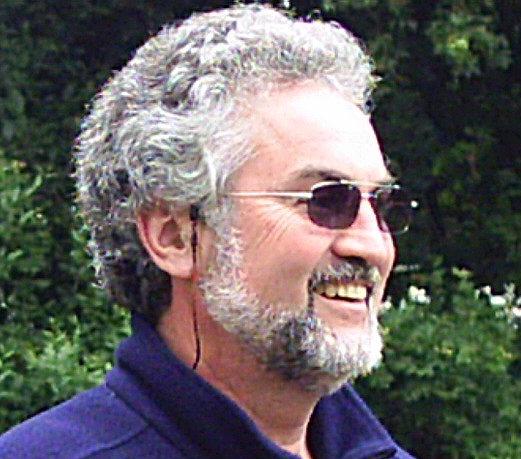 |
|
|
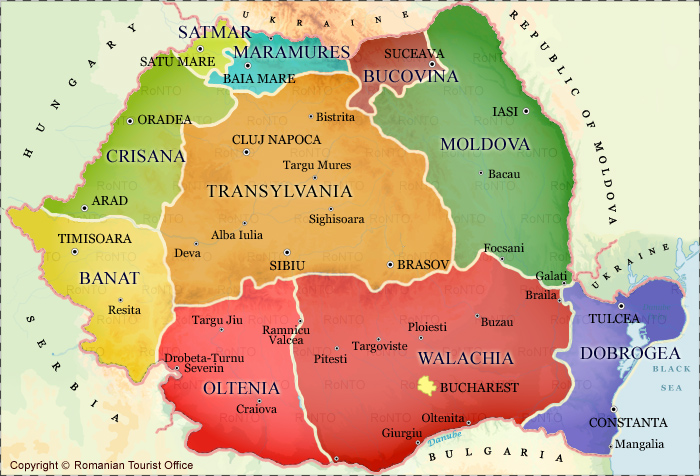 |
 |
|
|
|
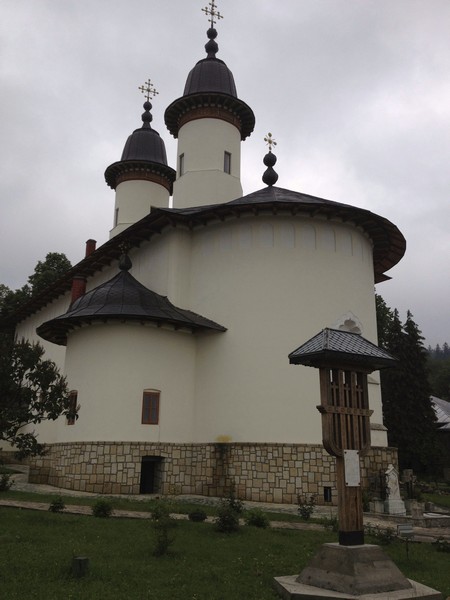
|
Agapia
On the map above, to the far north near Suceava, Bucovina, in Romanian Moldavia (Moldava) is a very large number of towns with monasteries in them. Bucharest is in Walachia in the deep south of the country. Bogdan, Laici, Cosmin, Ana, my son Christian and I spent about a week in this area visiting monasteries while riding the bicycle in this region. Much of the time, it was very rainy, but we all had a lot of fun on this trip.
You can read about the Agapia Monastery here:
http://en.wikipedia.org/wiki/Agapia_Monastery
|
|
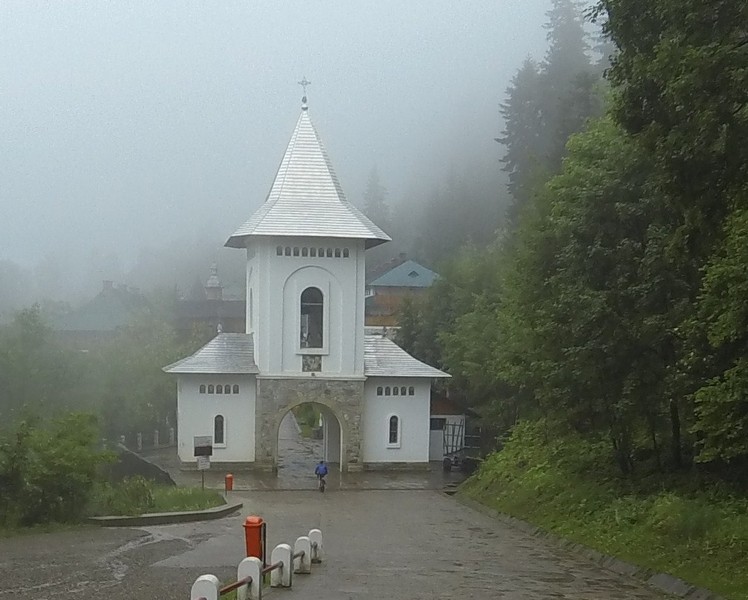
|
Agapia Veche
Agapia Veche has its origins in the XIV century when a monk called Agapie, together with his apprentices, built a wooden hermitage. From the monk Agapie, the monastery from the valley took its name, which means “Christian love”. In time the entire village and the nearby creek were known by the name Agapia.
A special place from Agapia Veche Hermitage is “Livada Parintilor” (The Orchard of the Fathers), located at about 500 m from the church of the hermitage. This is the place where the first wooden church was built. This church was destroyed in an Easter day by an avalanche. The relics of St Rafail, St Partenie and Ioan from Rasca originate at Agapia Veche Hermitage.
Starting with the year 1830, Agapia Veche Hermitage becomes a hermitage of nuns by an initiative of Mitropolit Veniamin Costache (Mitropolit means the head of the church on a certain geographic region from Romania). In 1938 Patriarh Nicodim Munteanu (Patriarh means the head of the Christian Church from Romania) makes a covenant that is valid even today: no stranger can enter the monastery of Agapia Veche after the sunset and before dawn.
|
|
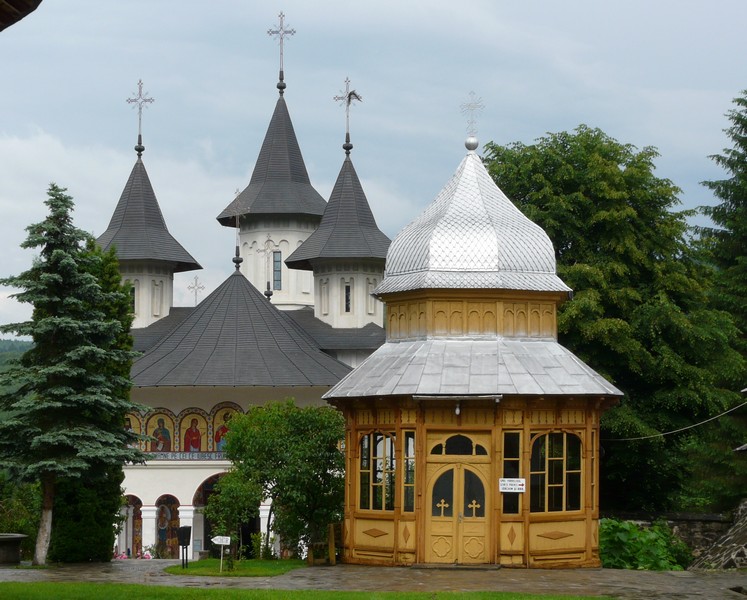
|
Secu
In Neamt county, the monastery in Secu is a convent for monks.
It was founded in 1602 by Nestor Ureche, the father of the renowned chronicler Grigore Ureche. This massive construction belongs to a new wave in the architecture of Moldavia which was characteristic at the end of the 16th century.
The monastery shelters a rich treasure-house with many religious items, all of them of great patrimonial value: manuscripts, ecclesiastical objects that were made of metal and pieces of embroidery, as well as sacerdotal attire. After the year 2000m the chapel “Saint Nicholas the Wonderworker, Archbishop of Myra”, which is located within the monastery, was restored and repainted.
|
|
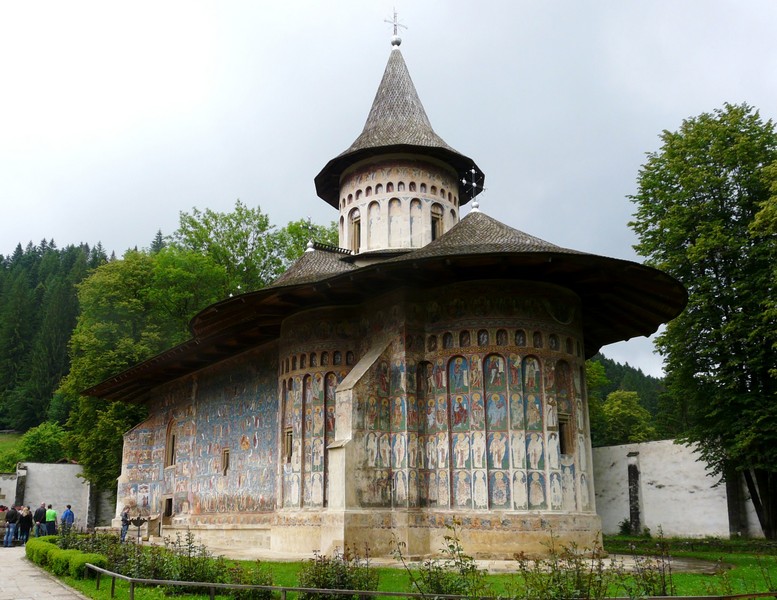
|
Voronet
Voroneț is a monastery in Romania, located in the town of Gura Humorului, Moldavia. It is one of the famous painted monasteries from southern Bukovina, in Suceava County. Between May and September 1488, Stephen III of Moldavia (known as "Stephen the Great", in Romanian Ștefan cel Mare) built the Voroneț Monastery (in Romanian Mănăstirea Voroneț) to commemorate the victory at Battle of Vaslui.
Often known as the "Sistine Chapel of the East", the frescoes at Voroneț feature an intense shade of blue known in Romania as "Voroneț blue". "The exterior walls — including a representation of the Last Judgment on the west wall — were painted in 1547 with a background of vivid cerulean blue. This blue is so vibrant that art historians refer to Voroneț blue the same way they do Titian red."
|
|
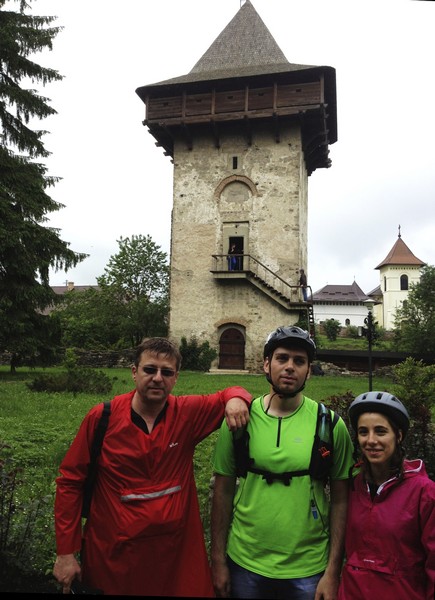
|
Gura Humorului
Gura Humorului is a town in Suceava County, north-eastern Romania. It is situated in the historical region of Bukovina. It was declared a town in 1904 and became a resort in 2005.
Gura Humorului ist ein Ort im südlichen Teil der Bukowina, nahe der Stadt Suceava im Nordosten Rumäniens. Der Ort, der ehemals zum Fürstentum Moldau gehörte, liegt an der Mündung des Flusses Humora in die Moldau; der Ortsname bedeutet "Mündung der Humora".
|
|
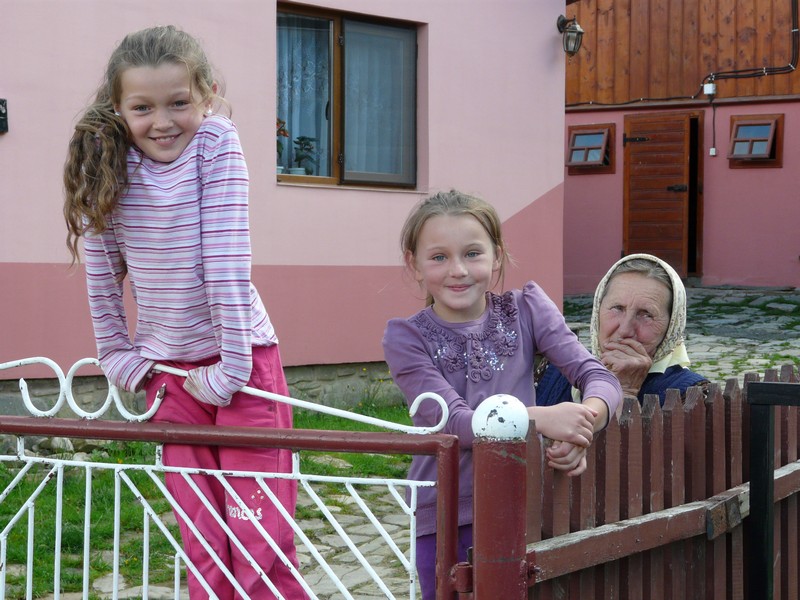
|
Solonetu and The Salt Mine at Cacica
Cacica is a Polish community in Bucovina near Suceava made up of 5 villages of which Solonetu Nou is one. Here, all of the people speak Polish, attend Polish schools and their own Roman Catholic churches.
The Salt Mine at Cacica, the main village in the community, is the primary tourist attraction in this region and is well worth a visit. I hope you enjoy the photographs I made from “Little Poland” inside Romanian Moldavia.
|
|
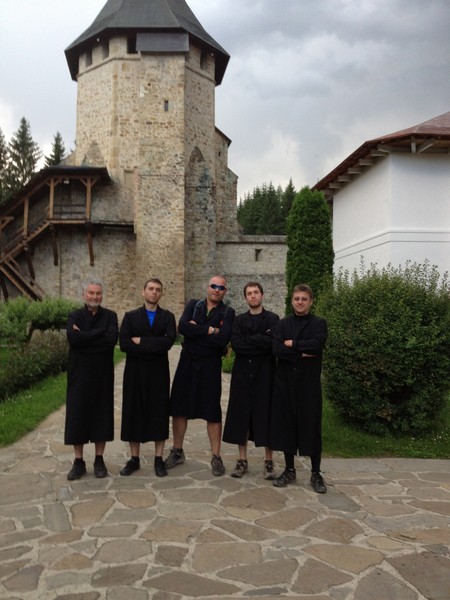
|
Arbore, Sucevita and Putna
These three monasteries were all worth visiting. In the monasteries, short bicycle clothing was not allowed. Therefore, we were usually offered robes to enter the painted churches.
|
|
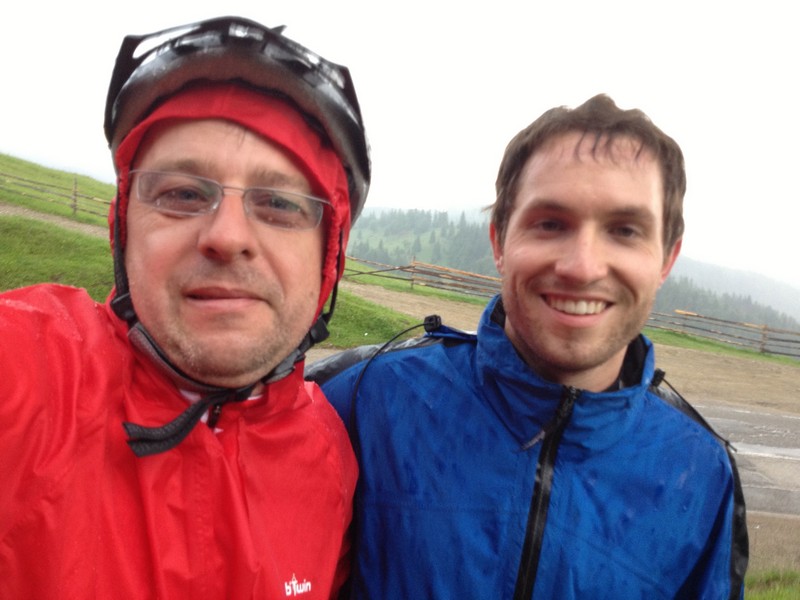
|
Bogdan, Laici and Christian’s Tour
These 3 heroes went on a difficult steep ride while I took it easy and went with Ana and Cosmin. While they were getting wet, the three of us found a nice place to relax in a warm dry restaurant. There’s no question about who the tough guys are!!!
|
|
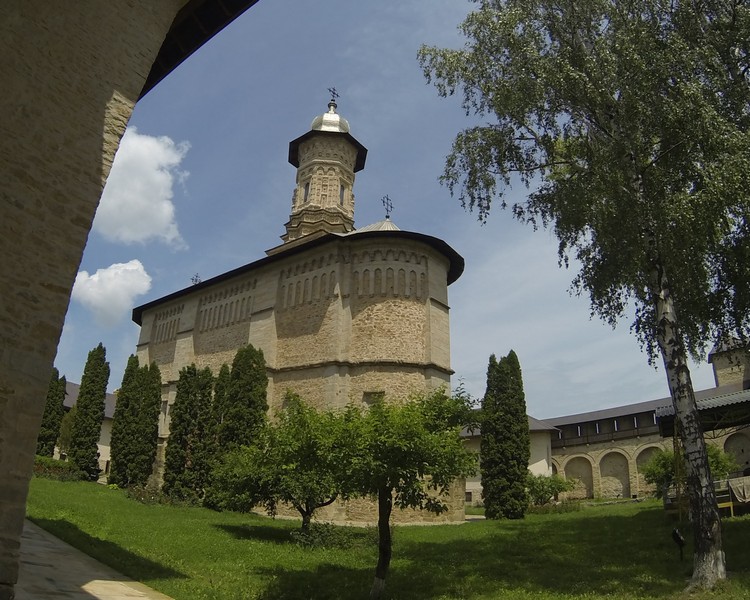
|
Dragomirna
The most impressive monastery on our cycling tour, I was surprised by the incredible amount of stonework. Obviously, a master stone mason was at work here. And the fortress walls surrounding the cathedral were a masterpiece in protection for a holy place.
|
|
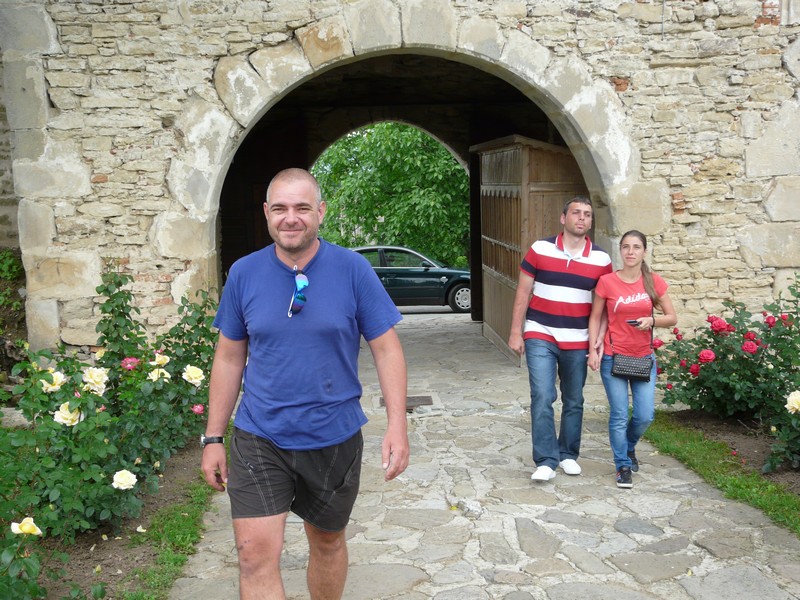
|
Probota
The last monastery on our trip. Probota was in a hidden area, where the people had never seen a tandem bicycle before. It was a flower-laden monastery that was well worth a visit.
|
|
|
|
